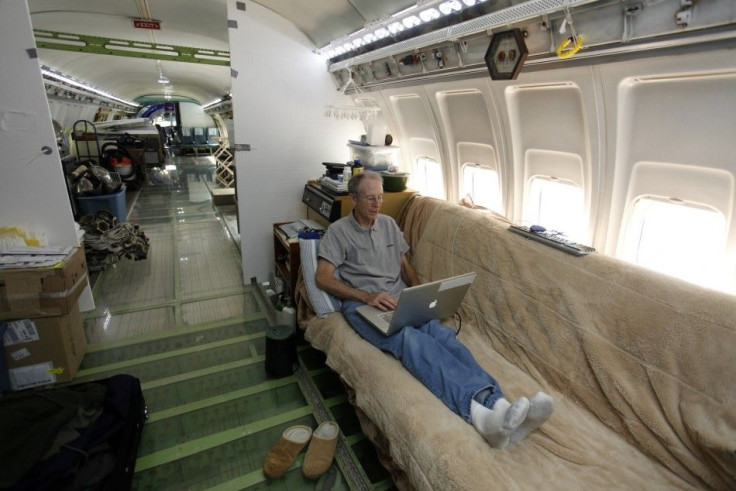Americans shifting away from traditional jobs: 40% of US workforce will be independent workers in next five years

In the United States, a large number of working people are moving away from traditional jobs. According to reports, more than 42 million Americans have already become part of the independent workforce, marking a decisive shift from traditional jobs. This figure shows the rising fascination people have towards an "on-demand" economy.
A study conducted by MBO Partners looked at a variety of professions and noticed that a sizable section of the independent workforce are young workers, who are taking "gigs" with startups such as ride-sharing giant Uber or delivery services like Instacart, reported Agence France Presse.
The report underscored the surging number of people who are earning a substantial part of their income from independent work. Their numbers are estimated to be at 30.2 million in 2015, of which 17.8 million are full-timers and 12.4 million are working part-time. There are also 11.9 million Americans who are "occasional independents". When they are added to the number of people doing independent work, the total number goes up to 42.1 million.
In the total pool of independent workforce, a plethora of traditionally independent workers are present, including accountants, doctors and real estate agents.
A major chunk of the growth in independent work is coming from "sharing economy" platforms, where people are able to manage flexible work hours, noted Gene Zaino, chief executive of MBO.
Though the study does not show a breakdown of specific sectors where freelance workers are thriving, Zaino said anecdotal evidence suggests that "more than a third" of the total number of independents work in the on-demand economy.
Self employment
Meanwhile, a report by Fast Company has reinforced this trend. It said that as of May 2015, 15.5 million people in the U.S. were self-employed. Quoting the Bureau of Labor Statistics, the report said there has been an increase of roughly 1 million since May 2014.
The expectation is that this number will grow at a steady clip so that by 2020, more than 40 percent of the American workforce will be independent workers — freelancers, contractors, and temporary employees.
Harvard Business Review has described the phenomenon as "The Rise of the Supertemp." In a report, it noted that even attorneys, CMOs, and consultants with world-class training want to work independently.
The main reasons in the spurt for independent work are its efficacy as a buffer against shifting economic conditions, including corporate downsizing and the privilege to escape the boredom of job dissatisfaction.
To help independent professionals in finding work, Harvard MBA students launched a platform called ‘HourlyNerd’ to connect with companies looking for talented business consultants.
For feedback/comments, contact the writer at feedback@ibtimes.com.au or let us know what you think below.





















